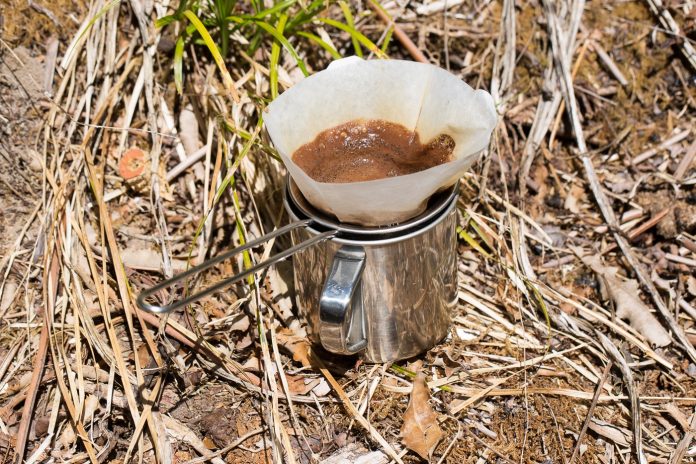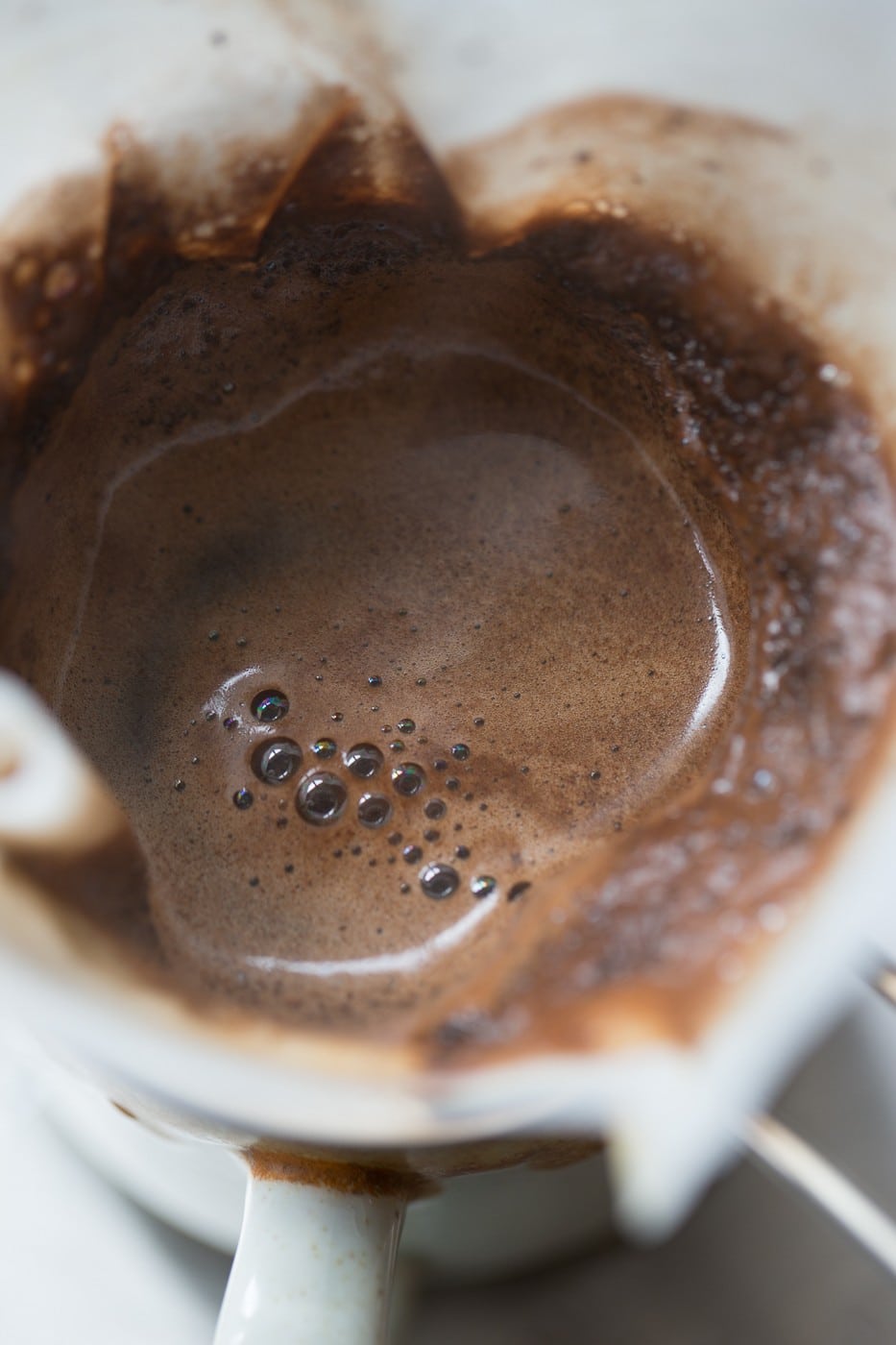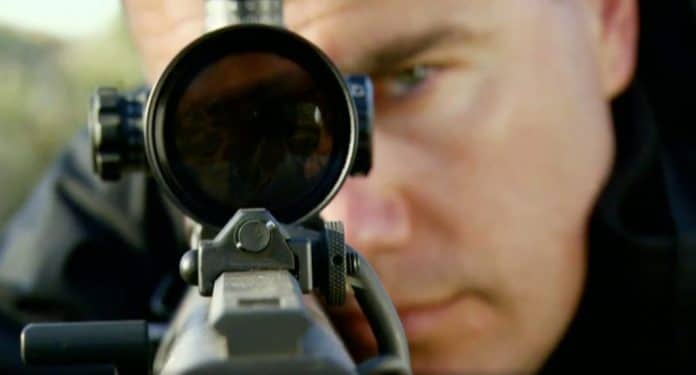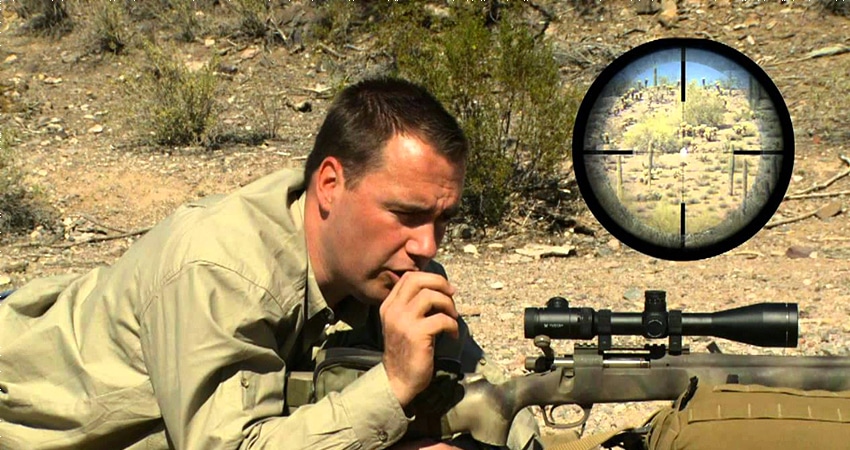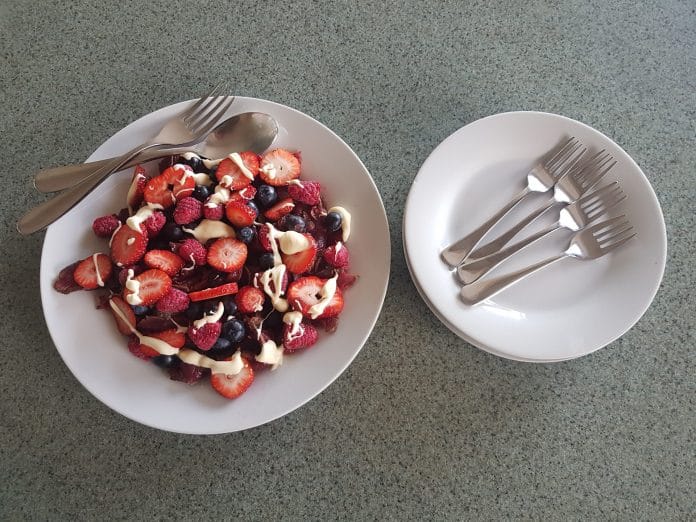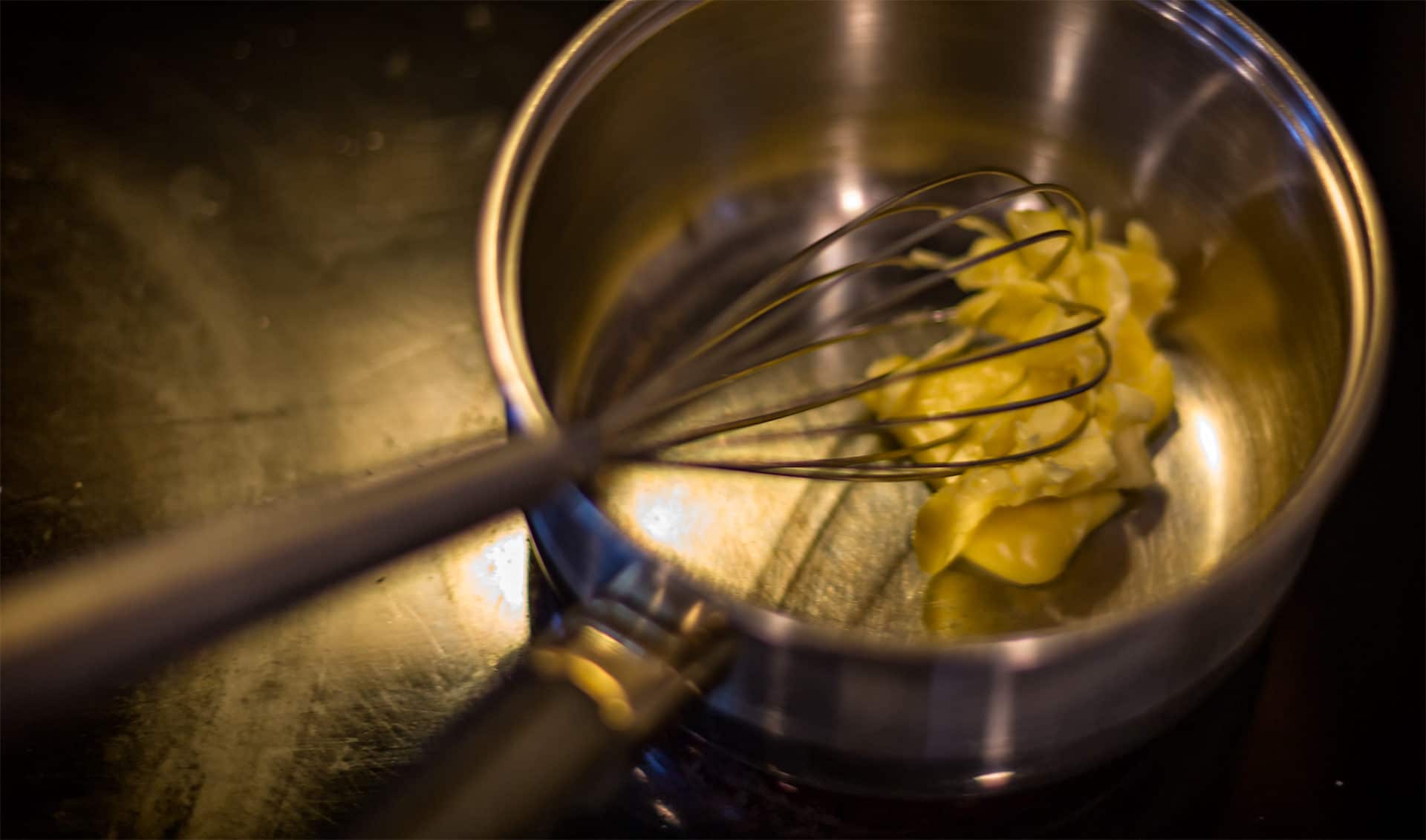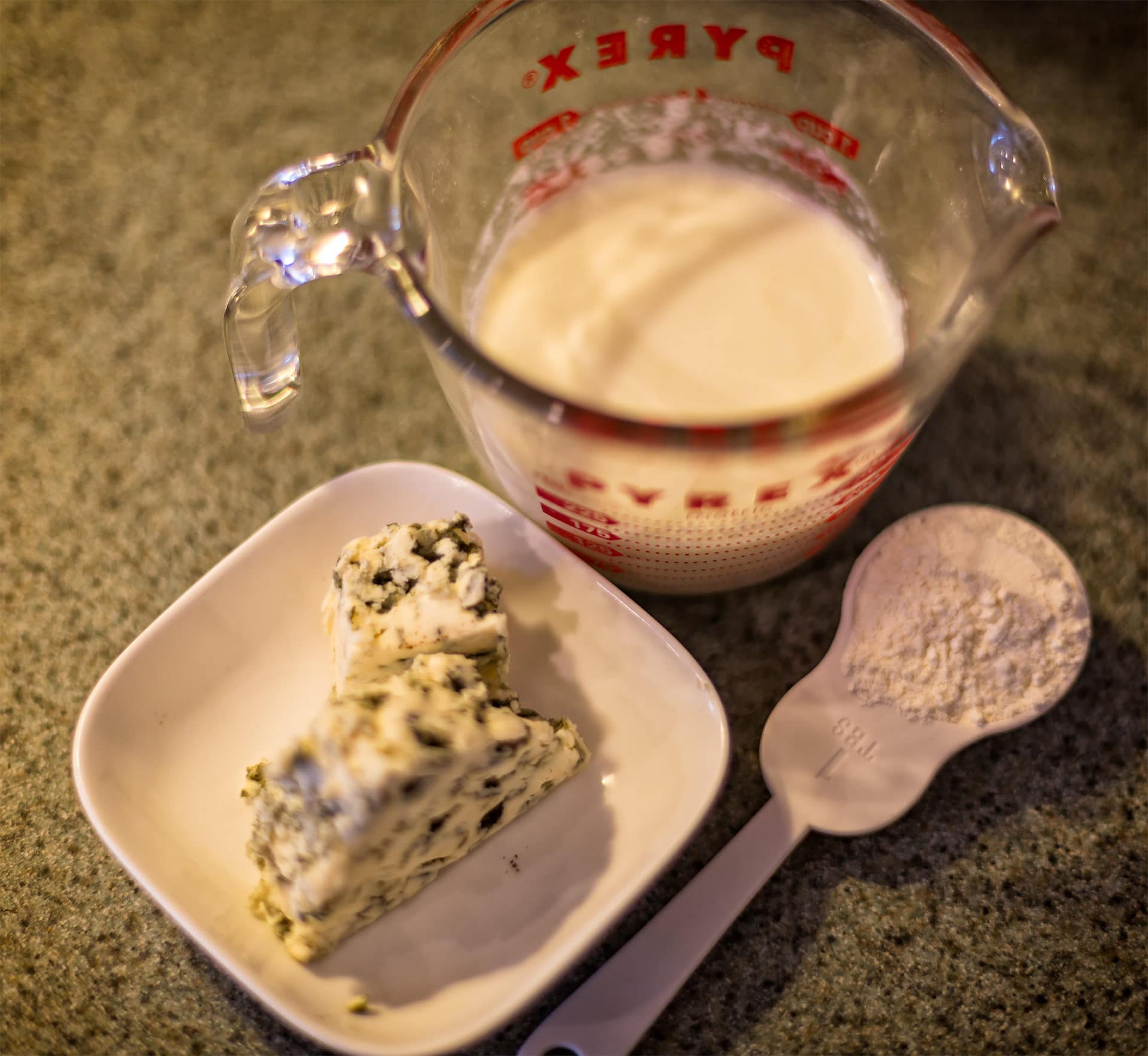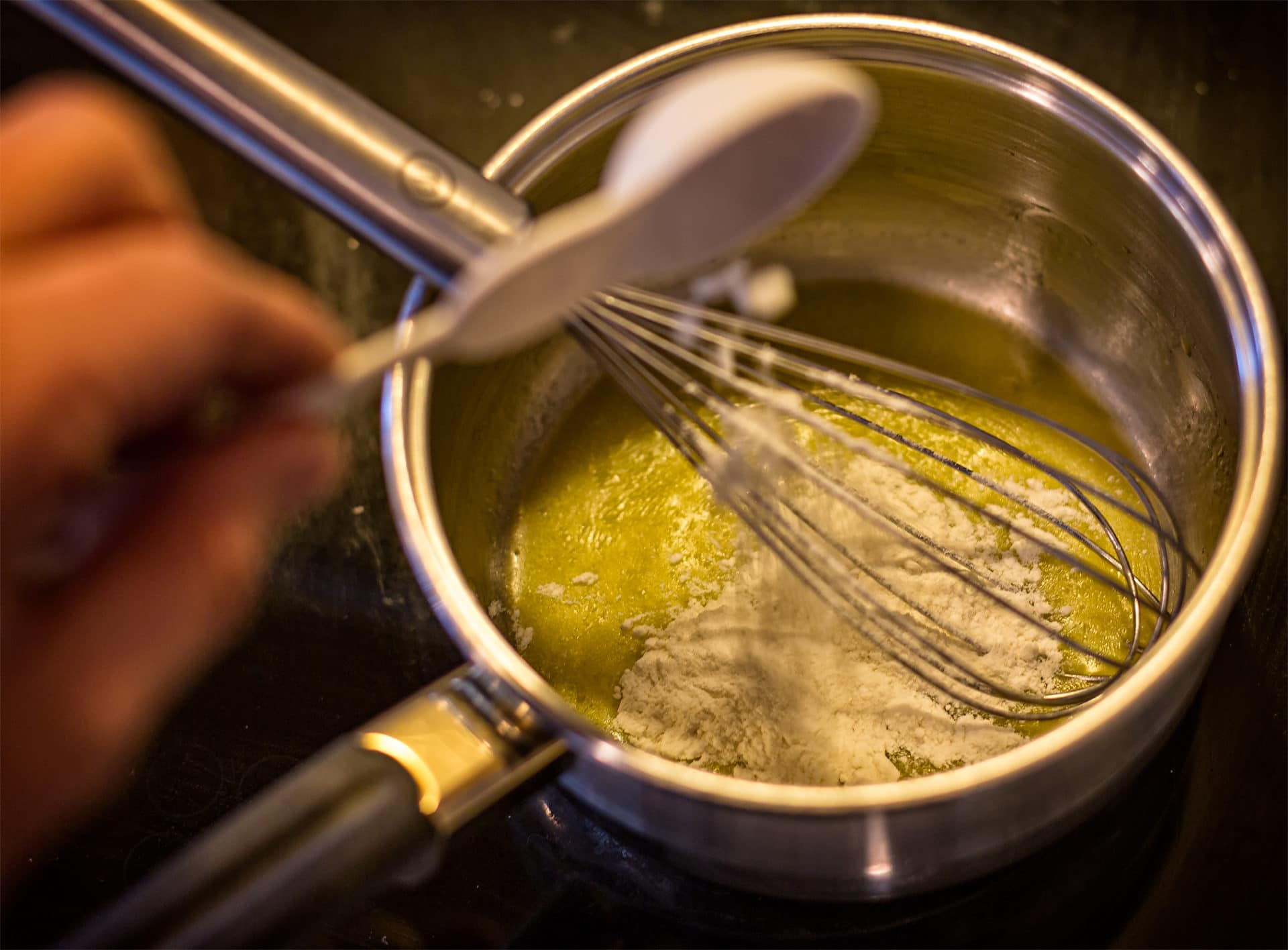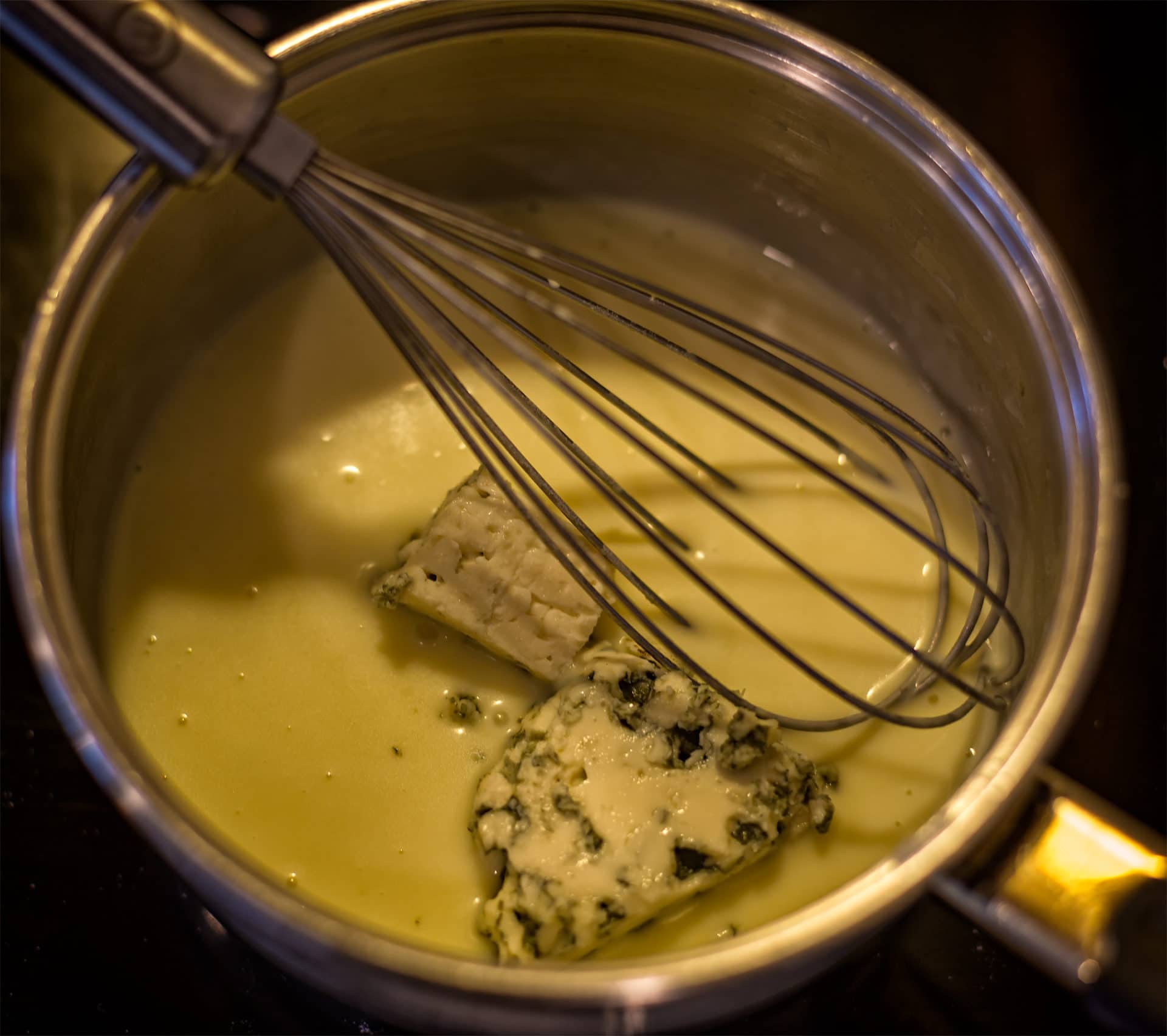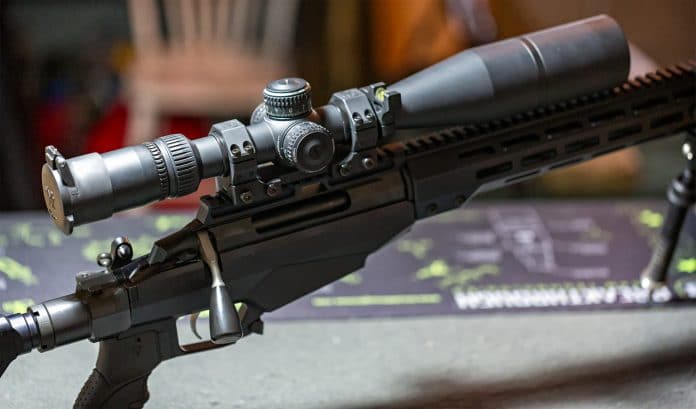In the blood.
I will happily admit; I am a fairly decent coffee addiction.1 I made myself a coffee before I sat down to write this. One of my favourite ways – the old’trusty stovetop espresso. I have stopped drinking coffee in the evenings these days, but in the past, it was not unheard of for me to take a coffee to bed with me and drink it while I had a read and settled in for the evening. Camping Coffee is just the logical extension of this.
See, I have been drinking coffee since I was a baby. As the stories goes, my parents found I was lactose intolerant, but could keep down milk with coffee in it, hence, I drank coffee in the bottle, I have periods of drinking more or less coffee, but I can’t think of any time in my life where I have gone more than a week (closer to day) without at least one.

Consistency, consistency, consistency.
However, I have also become more and more particular about the coffee I drink.2 While I haven’t gone to the extent (and cost) of a home espresso machine, most weekend mornings starts with a French press, with the amount of coffee and water being measured in grams (34 of grams to 500ml of water is the current preference) and after one or three of those, the stovetop is normally brought out around three for another shot. During the week, bullet coffee is breakfast, and I am seriously considering getting something for the office, where the machine there, just isn’t up to par.
To be fair, I am not at the point of some of the pour-over folk.
[fvplayer src=”https://www.youtube.com/watch?v=c7tlICRTfpg”]
However, I do believe in consistency, though don’t necessarily have the inclination to spend that much time making a cup of coffee.
Camping Coffee – the perfect portable brew.
So, of course, this leads me to try to make a good brew in the bush.
Instant
Initially, like many others, I simply used instant coffee and milk powder. Simple, lightweight, easy. Horrible tasting (to me). First thing in the morning, part due to habit, part due to addiction, I look forward to my first coffee and therefore, I like it to be tasty and enjoyable. I just don’t enjoy instant coffee.
I tried the fancy instant coffees – but they just come across as badly flavoured (normally overly sweet) instant coffees. They taste like a gimmick.
Coffee Bags

By my understanding, these are often ground coffee, some with a mix of granulated instant coffee thrown in for good measure.
I am yet to find one of these that is palatable. I think, in major part, because the coffee has likely been ground weeks, if not months beforehand and then sat on a shelf until purchase. Not good.
The French Press
I carried a French press out with ground coffee – simply boiling up water and making it on the fly – but that was just taking up far too much space and weight. I believe it was my first step in camping coffee after instant.
If you are using something like a Jetboil, then you can get a plunger that will fit into that for storage – I have been considering a Jetboil for a while – and should I get one, the plunger will be on the required accessories list.
The coffee is good. No doubt about it.
In this category also (to me) – sits the Aeropress – an item that has long gotten very good reviews. May be time for me to check it out!
The Drip

What has been the goto for me for a while has been a drip system. I picked up a GSI Java Coffee maker – but realised the unit was massive – and ended up with something a bit simpler to achieve the same thing – I pulled the arm off a small metal sieve and use small coffee filters.
Again, really good camping coffee. This is normally what you will find me carrying with me.
The Machines
There are a couple of systems that promise portable espresso style/grade coffee that I am yet to try – but very interested in doing. The first I heard of was the Handpresso – and the other, the minipresso – both very similar in nature – featuring a system that you load up with ground coffee (or pods), hot water and then manually create pressure to extract the coffee by hand pump.
People will argue that the Minipresso can’t deliver a real espresso coffee (it can’t get up to 8 bars of pressure). However, the Handpresso is also heavier.
You can find reviews online heavily favouring one over the other, so it’s a little hard to definitively say which would be better.
[fvplayer src=”https://www.youtube.com/watch?v=ADvJyYBF8FA”]
Finding the perfect brew
So, it seems I am still on the hunt for the perfect brew. I swing between wanting the absolute minimal weight and realising that I am happy to carry a little more weight in exchange for a decent coffee first thing in the morning.
At the moment, I am sticking with my homemade system with the sieve and filter – however, there is one aspect I haven’t addressed – and one that I think makes even more different than the different brew methods. But that’s for the next article!

